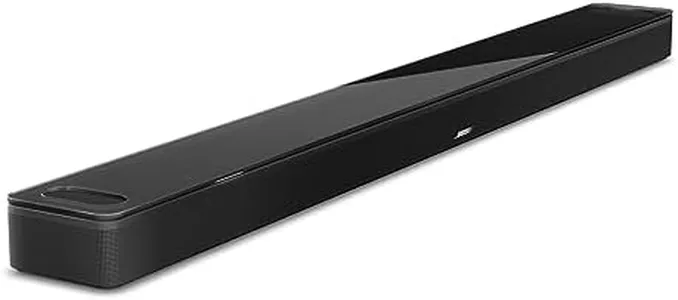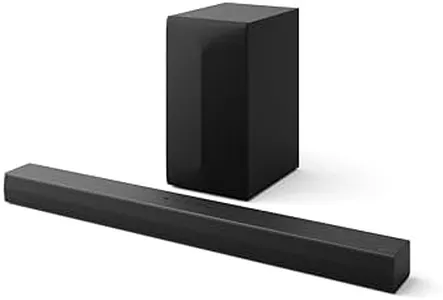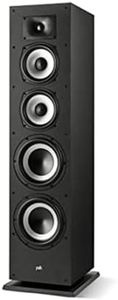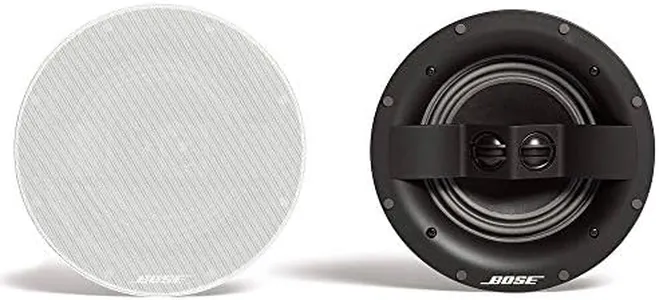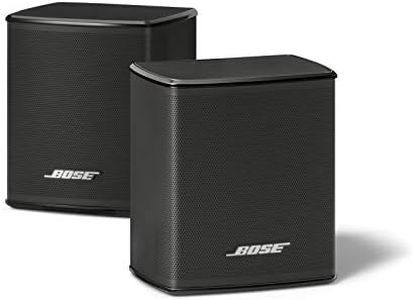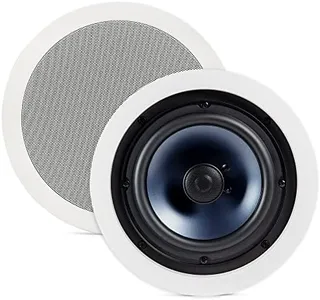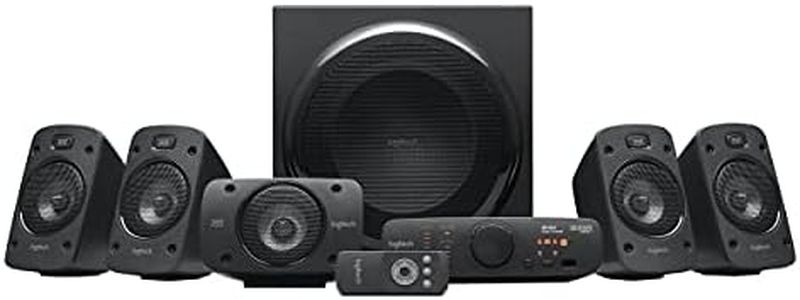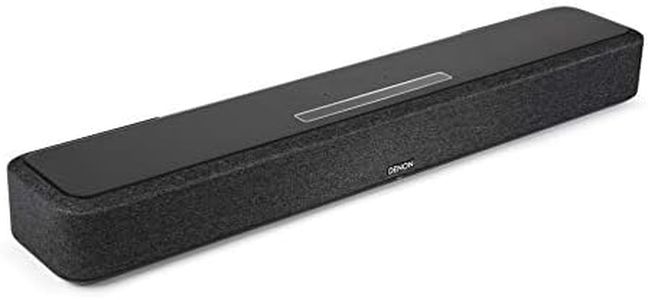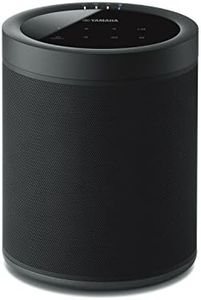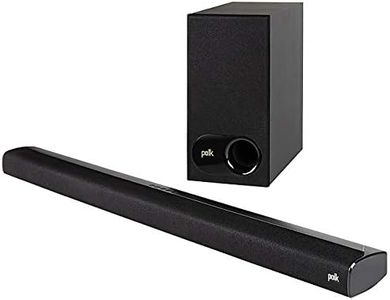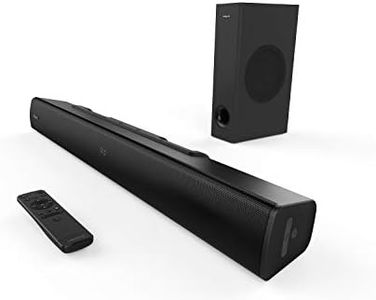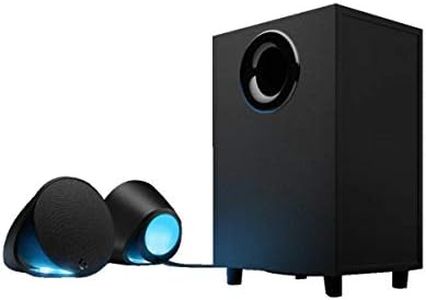We Use CookiesWe use cookies to enhance the security, performance,
functionality and for analytical and promotional activities. By continuing to browse this site you
are agreeing to our privacy policy
10 Best Surround Sound Speakers
From leading brands and best sellers available on the web.Buying Guide for the Best Surround Sound Speakers
Choosing the right surround sound speakers is all about matching your room, your listening habits, and your expectations for sound quality. Surround sound systems are designed to create an immersive audio experience, making movies, music, and games come alive around you. Before you buy, consider the size of your room, the layout of your furniture, and how you plan to use the system. Whether you want a simple setup for watching movies or a high-impact system for gaming or music, knowing the key specifications will help you make a confident decision.Speaker Configuration (e.g., 5.1, 7.1, 9.1)The speaker configuration describes the number of speakers and subwoofers in the system. The first number indicates the regular speakers and the ‘.1’ refers to the subwoofer. A 5.1 system has five speakers (left, center, right, two surrounds) and one subwoofer, while a 7.1 system adds two extra surround speakers. More speakers can produce a more immersive sound but require more space and specific placement. If you have a smaller room or fewer placement options, a 5.1 might be plenty; for a larger space or the ultimate experience, explore 7.1 or 9.1 systems.
Speaker Size and TypeSpeaker size and type affect both sound quality and how the speakers fit into your room. Main types include floor-standing, bookshelf, and satellite speakers. Larger speakers usually produce richer sound and more powerful bass, while small or compact speakers are easier to place and can blend in with your décor. If you have ample space and want the best sound for music and movies, larger speakers may be ideal; if space is tight or you want a more discreet look, compact or satellite speakers are a better pick.
Wired vs WirelessThis refers to how the speakers connect to your receiver or audio source. Wired speakers require physical cables, which usually provide more reliable sound but can be harder to install. Wireless speakers (often using Wi-Fi or Bluetooth) are easier to set up and offer cleaner aesthetics since there are fewer wires, but may be pricier and can sometimes have minor connectivity issues. Choose wired if you’re after absolute sound reliability and don’t mind visible cables; choose wireless for convenience and a tidier look in your space.
Power Handling (Watts)Power handling, measured in watts, indicates how much power a speaker can take from the amplifier without distortion. Speakers with higher wattage can play louder and with more clarity, especially in large rooms. If you have a large room or plan to listen at high volume, look for higher wattage ratings. For smaller rooms and regular TV or movie watching, moderate wattage is often enough.
Sensitivity (dB)Sensitivity tells you how loud a speaker will get from a given amount of power, measured in decibels (dB). Higher sensitivity means louder sound with less power. Typically, speakers between 86 to 88 dB are average, while 90 dB or higher are considered high sensitivity. If your amplifier isn’t very powerful or you want to ensure your setup gets loud enough easily, choose speakers with higher sensitivity.
Frequency ResponseThis spec measures the range of sound frequencies the speakers can produce, from low (bass) to high (treble), usually listed as a range like 40Hz–20kHz. A wider frequency response generally means richer, more detailed sound. If you love deep bass or listen to a lot of music, pay attention to the lower end of this range. For basic TV watching, any standard range is usually sufficient.
CompatibilityCompatibility covers whether the speakers work with your other audio equipment, like the AV receiver, TV, or streaming system. Make sure the speaker system supports the surround formats you want (like Dolby Digital or DTS) and that your receiver can handle the number and type of speakers. This is vital if you’re adding speakers to an existing setup, so check the connections and supported audio formats first.
